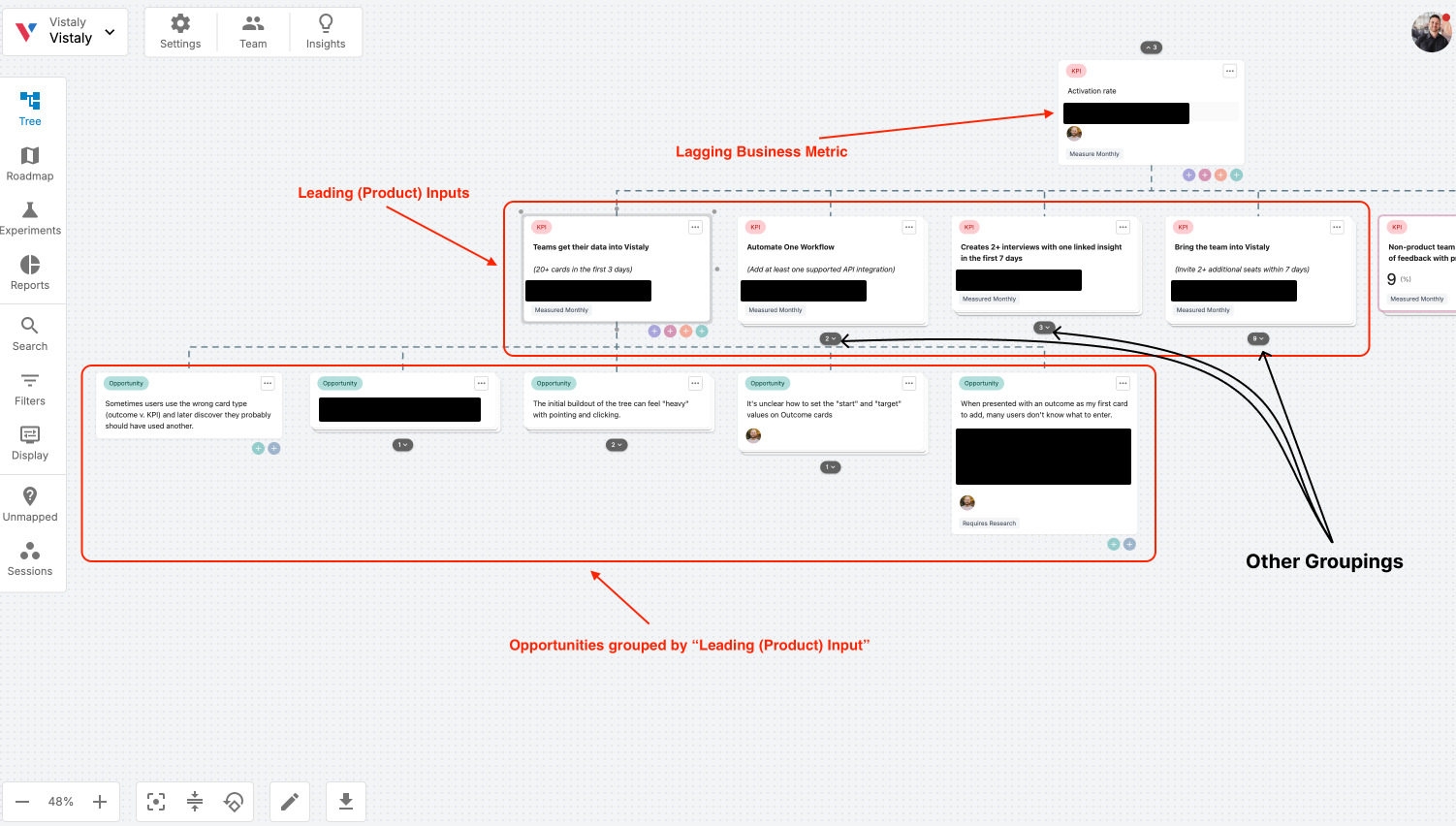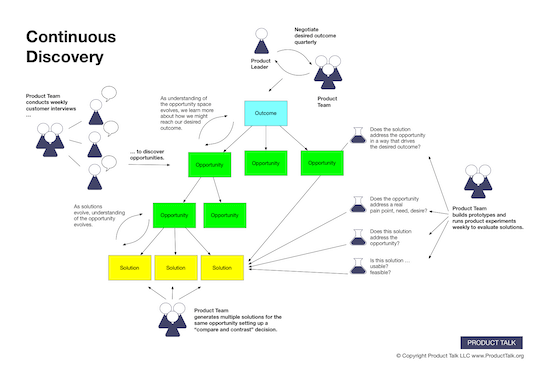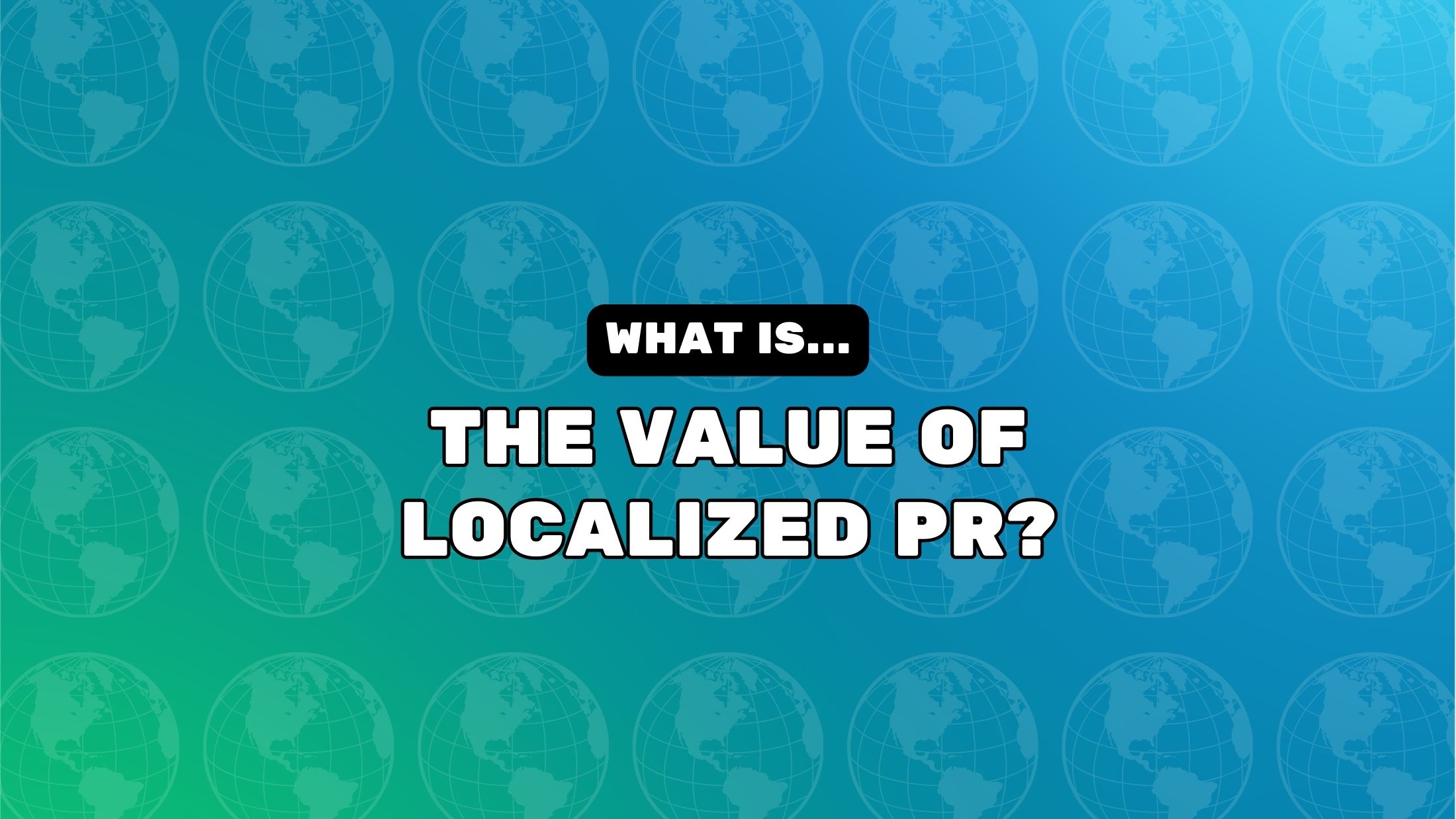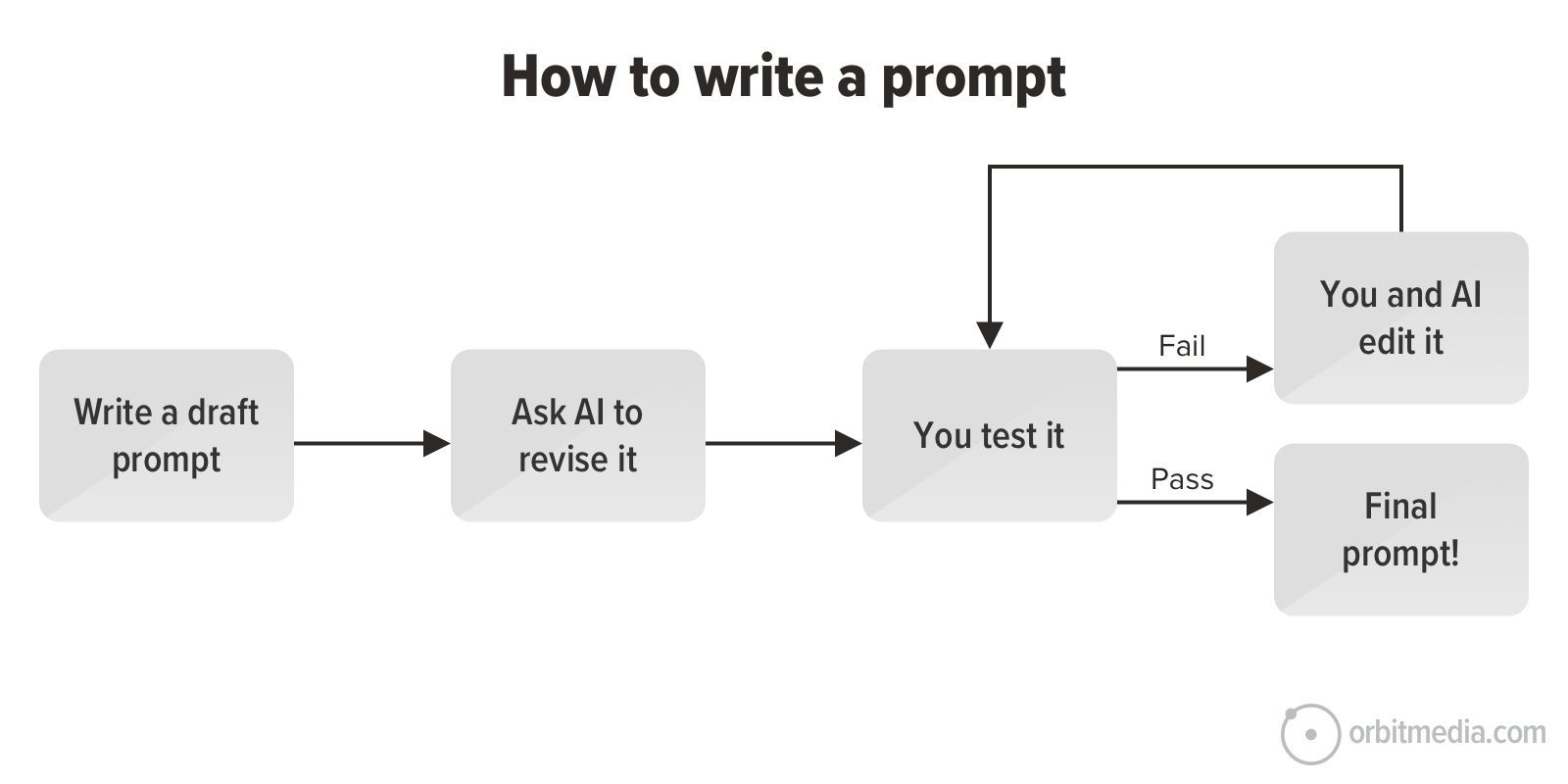Housing market power shift: 7 states where buyers are gaining leverage
Want more housing market stories from Lance Lambert’s ResiClub in your inbox? Subscribe to the ResiClub newsletter. When assessing home price momentum, it’s important to monitor active listings and months of supply. If active listings start to rapidly increase as homes remain on the market for longer periods, it may indicate pricing softness or weakness. Conversely, a rapid decline in active listings could suggest a market that is heating up. Generally speaking, local housing markets where active inventory has returned to pre-pandemic levels have experienced softer home price growth (or outright price declines) over the past 30 months. Conversely, local housing markets where active inventory remains far below pre-pandemic levels have, generally speaking, experienced stronger home price growth over the past 30 months. How does housing inventory look in 2025? It looks like we will see a double-digit increase in active inventory this year across most of the country. National active listings are on the rise (up 28.5% between March 2024 and March 2025). This indicates that homebuyers have gained some leverage in many parts of the country over the past year. Some sellers markets have turned into balanced markets, and more balanced markets have turned into buyers markets. Nationally, we’re still below pre-pandemic 2019 inventory levels (20% below March 2019) and some resale markets, in particular big chunks of Midwest and Northeast, still remain tight to tight-ish. Here’s how the March 2025 inventory/active listings, compare to historical totals, according to Realtor.com: March 2017: 1,172,713 March 2018: 1,067,281 March 2019: 1,115,940 March 2020: 937,319 March 2021: 440,589 (overheating during the pandemic housing boom) March 2022: 354,016 (overheating during the pandemic housing boom) March 2023: 562,444 (mortgage rate shock) March 2024: 694,820 March 2025: 892,561 Below is the year-over-year percentage change by state. While active housing inventory is rising in most markets on a year-over-year basis, some markets still remain tight. As ResiClub has been documenting, both active resale and new homes for sale remain the most limited across huge swaths of the Midwest and Northeast. That’s likely where home sellers this spring will have more power. In contrast, active housing inventory for sale has neared or surpassed pre-pandemic 2019 levels in many parts of the Gulf region, including metro area housing markets such as Punta Gorda and Austin. These areas saw major price surges during the pandemic housing boom, with home prices getting stretched compared to local incomes. As pandemic-driven migration slowed and mortgage rates rose, markets like Tampa and Austin faced challenges, relying on local income levels to support frothy home prices. This softening trend is further compounded by an abundance of new home supply in the Sun Belt. Builders are often willing to lower prices or offer affordability incentives to maintain sales, which also has a cooling effect on the resale market. Some buyers, who would have previously considered existing homes, are now opting for new homes with more favorable deals. At the end of March 2025, seven states are above pre-pandemic 2019 active inventory levels: Arizona, Colorado, Florida, Idaho, Tennessee, Texas, and Utah. The District of Columbia is also above pre-pandemic 2019 inventory levels. (Weakness in D.C. proper predates the current admin’s job cuts.) The states that have jumped above pre-pandemic 2019 inventory levels are where home buyers have gained the most leverage heading into the spring 2025 housing market. Big picture: Over the past few years we’ve observed a softening across many housing markets as strained affordability tempers the fervor of a market that was unsustainably hot during the Pandemic Housing Boom. While home prices are falling in some areas around the Gulf, most regional housing markets are still seeing positive year-over-year home price growth. The big question going forward is whether active inventory and months of supply will continue to rise and cause more housing markets to see price softening? Below is another version of the table above—but this one includes every month since January 2017. If you’d like to further examine the monthly state inventory figures, use the interactive chart below. (You can also find more information here on the ongoing softness and weakness across Florida.)

Want more housing market stories from Lance Lambert’s ResiClub in your inbox? Subscribe to the ResiClub newsletter.
When assessing home price momentum, it’s important to monitor active listings and months of supply. If active listings start to rapidly increase as homes remain on the market for longer periods, it may indicate pricing softness or weakness. Conversely, a rapid decline in active listings could suggest a market that is heating up.
Generally speaking, local housing markets where active inventory has returned to pre-pandemic levels have experienced softer home price growth (or outright price declines) over the past 30 months. Conversely, local housing markets where active inventory remains far below pre-pandemic levels have, generally speaking, experienced stronger home price growth over the past 30 months.
How does housing inventory look in 2025? It looks like we will see a double-digit increase in active inventory this year across most of the country.
National active listings are on the rise (up 28.5% between March 2024 and March 2025). This indicates that homebuyers have gained some leverage in many parts of the country over the past year. Some sellers markets have turned into balanced markets, and more balanced markets have turned into buyers markets.
Nationally, we’re still below pre-pandemic 2019 inventory levels (20% below March 2019) and some resale markets, in particular big chunks of Midwest and Northeast, still remain tight to tight-ish.

Here’s how the March 2025 inventory/active listings, compare to historical totals, according to Realtor.com:
March 2017: 1,172,713
March 2018: 1,067,281
March 2019: 1,115,940
March 2020: 937,319
March 2021: 440,589 (overheating during the pandemic housing boom)
March 2022: 354,016 (overheating during the pandemic housing boom)
March 2023: 562,444 (mortgage rate shock)
March 2024: 694,820
March 2025: 892,561
Below is the year-over-year percentage change by state.
While active housing inventory is rising in most markets on a year-over-year basis, some markets still remain tight.
As ResiClub has been documenting, both active resale and new homes for sale remain the most limited across huge swaths of the Midwest and Northeast. That’s likely where home sellers this spring will have more power.
In contrast, active housing inventory for sale has neared or surpassed pre-pandemic 2019 levels in many parts of the Gulf region, including metro area housing markets such as Punta Gorda and Austin. These areas saw major price surges during the pandemic housing boom, with home prices getting stretched compared to local incomes. As pandemic-driven migration slowed and mortgage rates rose, markets like Tampa and Austin faced challenges, relying on local income levels to support frothy home prices.
This softening trend is further compounded by an abundance of new home supply in the Sun Belt. Builders are often willing to lower prices or offer affordability incentives to maintain sales, which also has a cooling effect on the resale market. Some buyers, who would have previously considered existing homes, are now opting for new homes with more favorable deals.
At the end of March 2025, seven states are above pre-pandemic 2019 active inventory levels: Arizona, Colorado, Florida, Idaho, Tennessee, Texas, and Utah. The District of Columbia is also above pre-pandemic 2019 inventory levels. (Weakness in D.C. proper predates the current admin’s job cuts.)
The states that have jumped above pre-pandemic 2019 inventory levels are where home buyers have gained the most leverage heading into the spring 2025 housing market.
Big picture: Over the past few years we’ve observed a softening across many housing markets as strained affordability tempers the fervor of a market that was unsustainably hot during the Pandemic Housing Boom. While home prices are falling in some areas around the Gulf, most regional housing markets are still seeing positive year-over-year home price growth. The big question going forward is whether active inventory and months of supply will continue to rise and cause more housing markets to see price softening?
Below is another version of the table above—but this one includes every month since January 2017.
If you’d like to further examine the monthly state inventory figures, use the interactive chart below. (You can also find more information here on the ongoing softness and weakness across Florida.)






























































































![Building A Digital PR Strategy: 10 Essential Steps for Beginners [With Examples]](https://buzzsumo.com/wp-content/uploads/2023/09/Building-A-Digital-PR-Strategy-10-Essential-Steps-for-Beginners-With-Examples-bblog-masthead.jpg)



![How One Brand Solved the Marketing Attribution Puzzle [Video]](https://contentmarketinginstitute.com/wp-content/uploads/2025/03/marketing-attribution-model-600x338.png?#)






![How to Use GA4 to Track Social Media Traffic: 6 Questions, Answers and Insights [VIDEO]](https://www.orbitmedia.com/wp-content/uploads/2023/06/ab-testing.png)
































